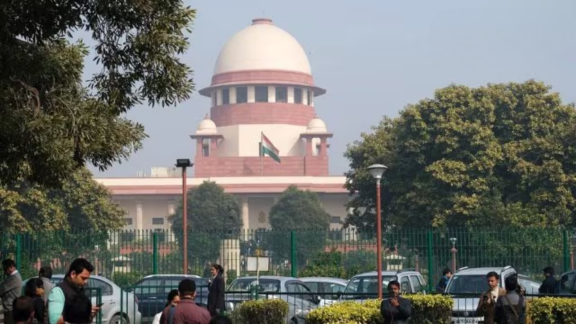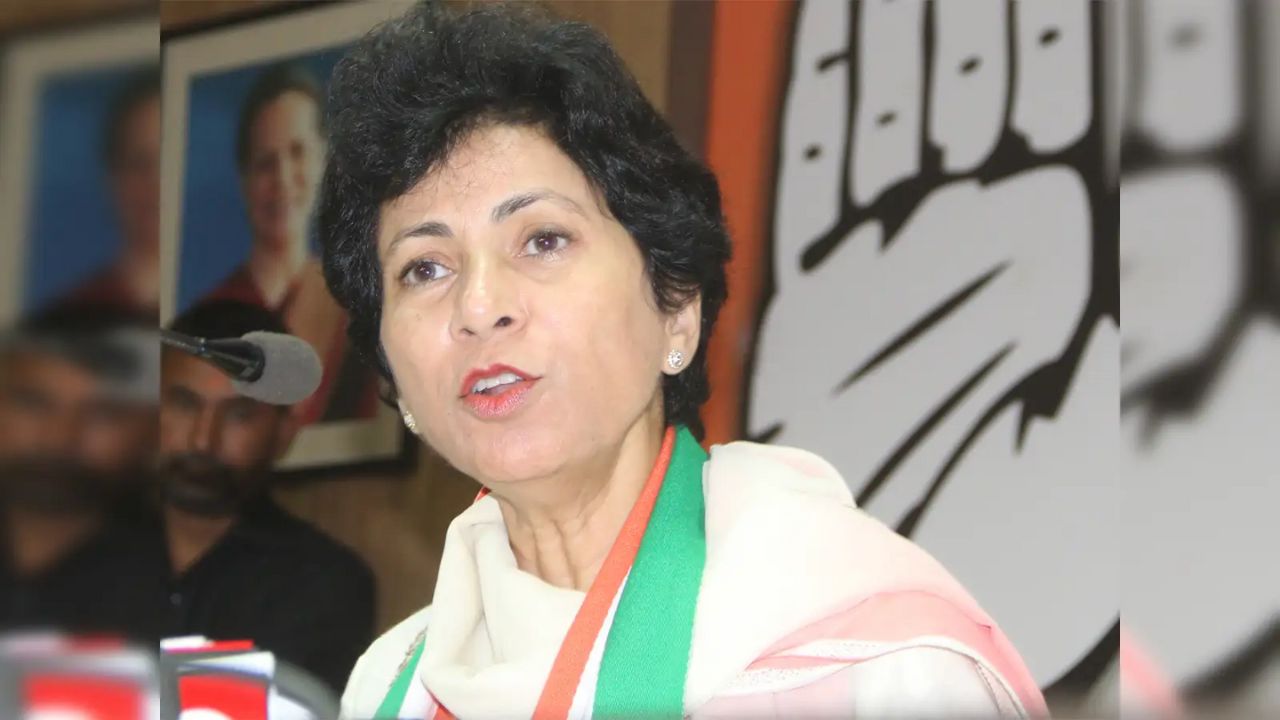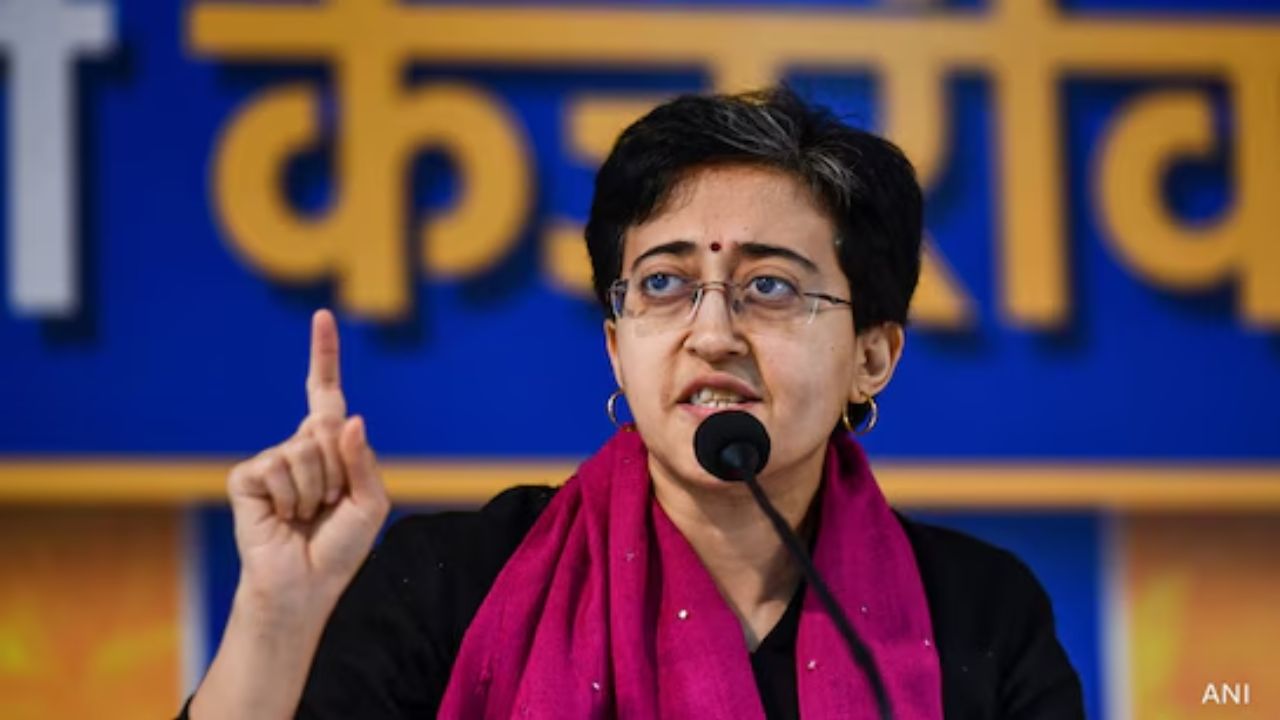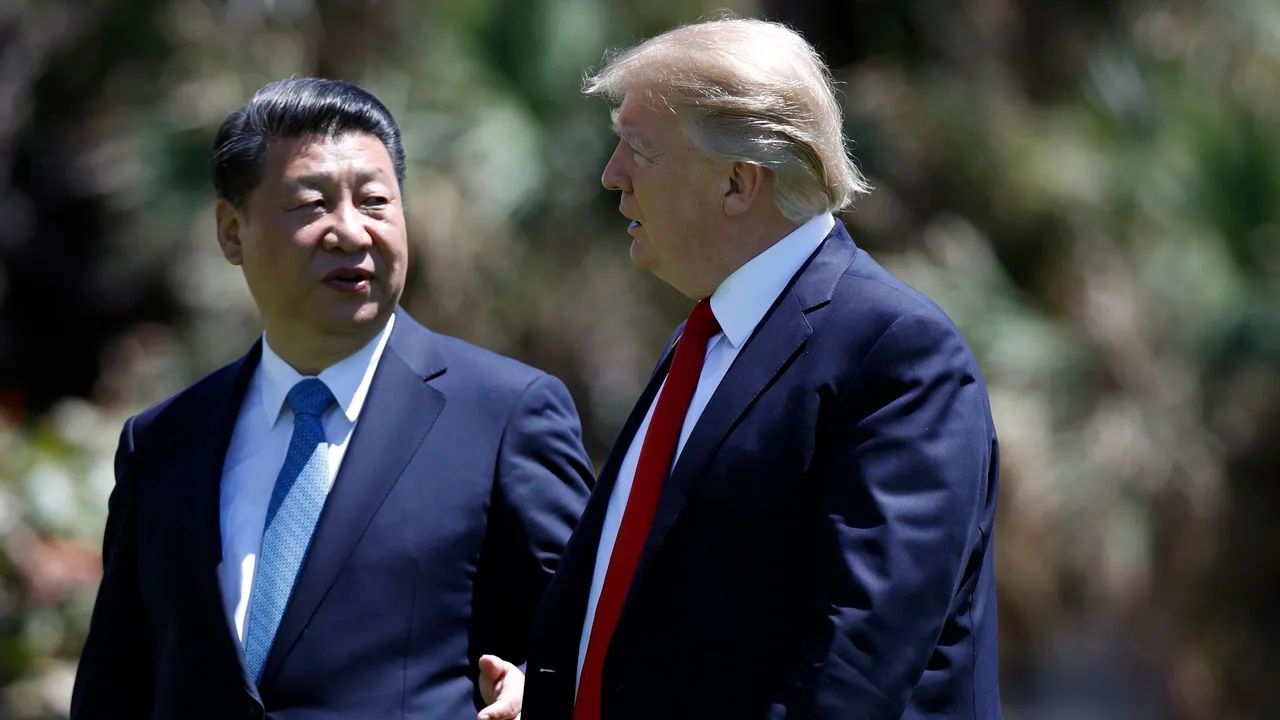“Why Punjab’s Dalits Are Divided Over the SC’s Sub-Categorization Verdict”
"Why Punjab's Dalits Are Divided Over the SC's Sub-Categorization Verdict The Supreme Court's recent verdict, which permits the sub-classification of Scheduled Castes (SCs) and Scheduled Tribes (STs), has stirred a significant debate, concluding years of legal

“Why Punjab’s Dalits Are Divided Over the SC’s Sub-Categorization Verdict
The Supreme Court’s recent verdict, which permits the sub-classification of Scheduled Castes (SCs) and Scheduled Tribes (STs), has stirred a significant debate, concluding years of legal and political evolution. This ruling, which aims to provide more tailored benefits to different SC sub-groups, has generated concern among some Bahujan leaders and activists about its potential to fragment Dalit unity. These concerns have manifested in Punjab, where the verdict has deepened existing divisions among Dalit groups.
On Wednesday, these internal conflicts were brought into the open during a Bharat Bandh organized by several Dalit and Adivasi groups in opposition to the Supreme Court’s decision. The protest highlighted the growing divide within the Dalit community in Punjab, a state known for having the highest proportion of Dalits in India, at 32% of the population according to the 2011 Census.
Punjab’s Dalit population is primarily divided into two main clusters: those involved in traditional leatherwork, including the Ramdasia, Ramdasia Sikhs, Ravidasia, and Ravidasia Sikhs, and the Mazhabi Sikhs and Balmikis. The latter two groups, which have long benefited from sub-categorization since its introduction in 1975, largely support the Supreme Court’s ruling. They argue that sub-categorization allows for a more equitable distribution of benefits and better addresses the needs of different Dalit sub-groups.
Conversely, the Ramdasia and Ravidasia communities, along with other Dalit sub-groups, oppose the sub-categorization. They fear that the verdict might dilute their share of the benefits and disrupt the broader Dalit solidarity that has historically been a source of strength and advocacy. This internal conflict is not just about the allocation of benefits but also reflects deeper concerns about representation, equity, and the unity of the Dalit cause.
The Bharat Bandh, which saw varying levels of participation across Punjab, underscores the complexity of the issue. It has also drawn attention to the broader implications of the Supreme Court’s ruling for Dalit politics and social dynamics. As different Dalit groups navigate this new legal landscape, the potential for increased fragmentation poses a challenge to collective action and advocacy efforts.
In addition to the immediate impacts of the verdict, there are concerns about how this division might affect future political and social cohesion within the Dalit community. The disagreement over sub-categorization highlights the need for a nuanced approach to addressing the diverse needs and aspirations of various Dalit sub-groups, ensuring that the pursuit of equity does not come at the cost of unity.”




